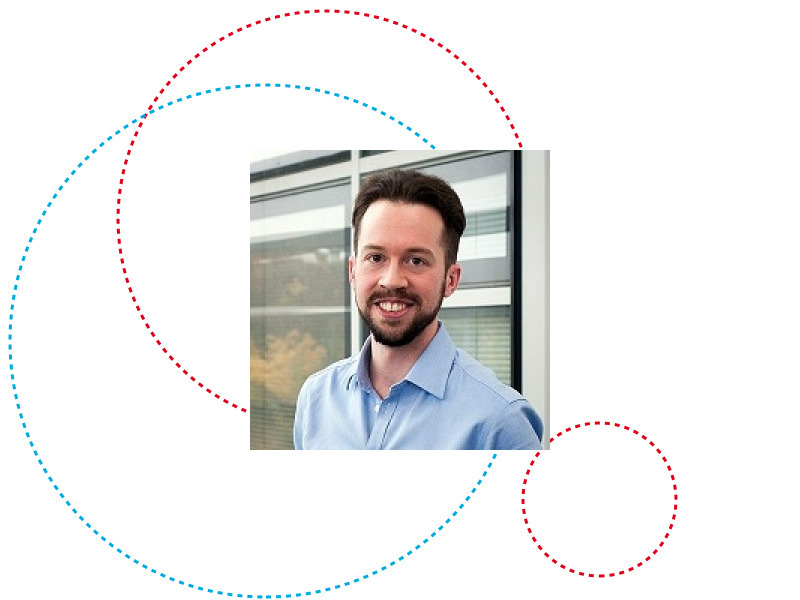About the topic
Understanding the links between structure and properties in materials is a formidable task. Atomic-scale simulations based on density-functional theory (DFT) have played important roles in this – but they are computationally expensive and can describe complex materials only in small model systems. Novel interatomic potentials based on machine learning (ML) have recently garnered a lot of attention in computational physics, chemistry, and materials science: these simulation tools achieve close-to DFT accuracy at only a fraction of the cost.
In the first part of this talk, I will argue that ML-based interatomic potentials are particularly useful for studying materials with complex structures, such as amorphous (non-crystalline) solids. I will describe an ML potential for amorphous carbon [1] that was built using the Gaussian Approximation Potential (GAP) framework [2], with a special view on what is needed to create and validate ML potentials for the amorphous state. I will present recent applications to porous and partly « graphitised » carbons that are relevant for batteries and supercapacitors [3], and to amorphous silicon, where ML-driven simulations allowed us to unlock long simulation times and accurate atomistic structures [4].
In the second part, I will point out possible directions for the automated exploration and “learning” of condensed-phase potential-energy landscapes. We have recently introduced an ML-driven approach to inorganic crystal structure prediction, dubbed GAP-driven random structure searching (GAP-RSS) [5]. This technique, iteratively exploring and fitting structural space, allowed us to create to a flexible and accurate interatomic potential model for elemental boron [5]. We later showed how GAP-RSS can “discover” phosphorus allotropes without prior structural knowledge [6]. These early results promise further applications of ML-driven simulation methods in materials chemistry.
[1] V. L. Deringer, G. Csányi, Phys. Rev. B 95, 094203 (2017).
[2] A. P. Bartók, M. C. Payne, R. Kondor, G. Csányi, Phys. Rev. Lett. 104, 136403 (2010).
[3] V. L. Deringer, C. Merlet, Y. Hu, et al., Chem. Commun. 54, 5988 (2018).
[4] V. L. Deringer, N. Bernstein, A. P. Bartók, et al., J. Phys. Chem. Lett. 9, 2879 (2018).
[5] V. L. Deringer, C. J. Pickard, G. Csányi, Phys. Rev. Lett. 120, 156001 (2018).
[6] V. L. Deringer, D. M. Proserpio, G. Csányi, C. J. Pickard, Faraday Discuss. 211, 45 (2018).
About the speaker
Volker Deringer studied chemistry at RWTH Aachen University (Germany) where he received his diploma (2010) and doctorate (2014) under guidance of Richard Dronskowski. In 2015, he moved to the University of Cambridge (UK), where he held a Feodor Lynen Fellowship from the Alexander von Humboldt Foundation (2015–2017, hosted by Gábor Csányi) and was awarded a Leverhulme Early Career Fellowship in 2017. His research combines quantum-mechanical simulation methods with machine learning to understand the connections between structure, bonding, and properties in complex materials.
